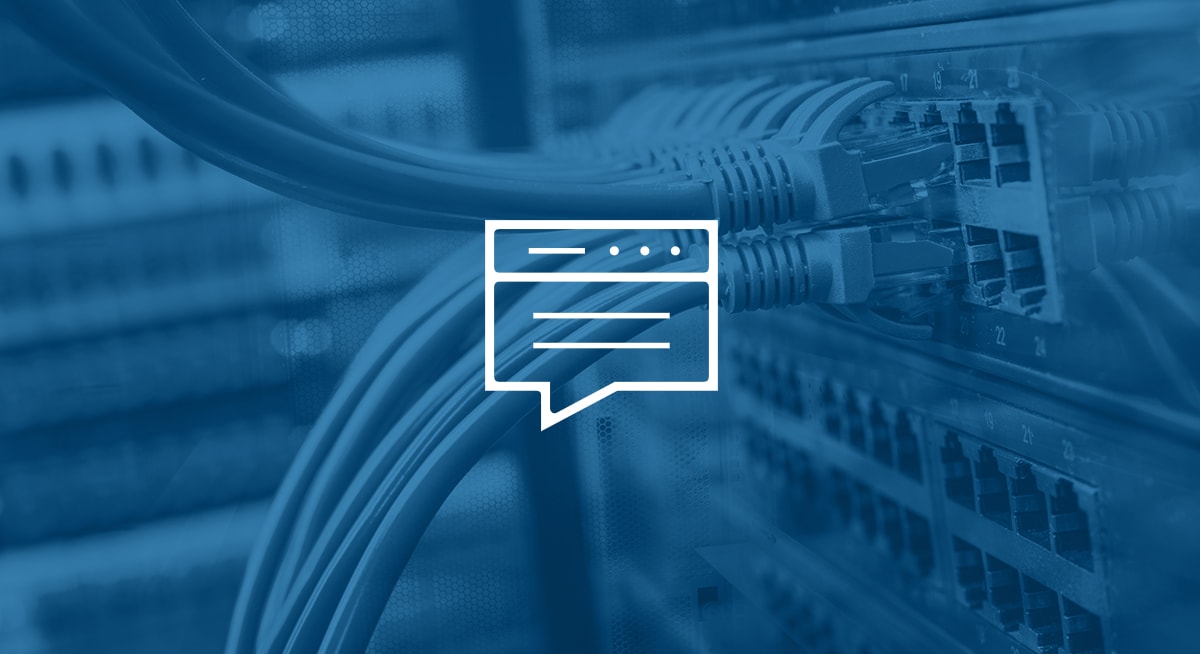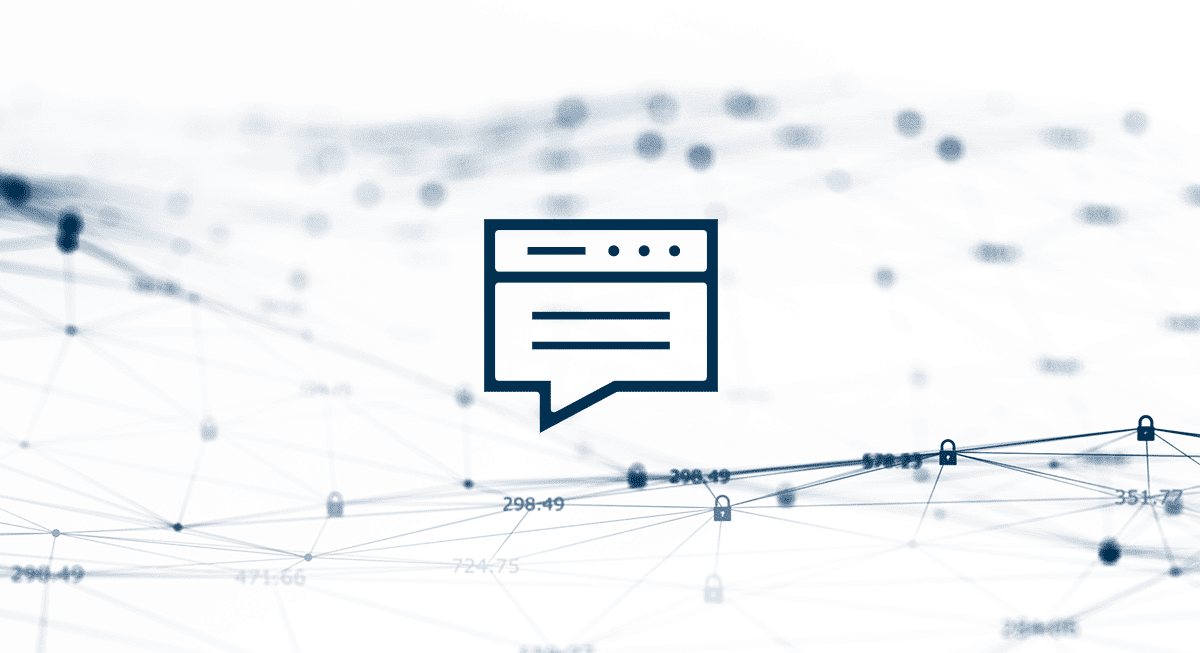With governments across the globe gearing up for major elections, experts have been predicting an increase in distributed denial of service (DDoS) attacks from nation-states and, so far, those predictions have paid off. According to Forbes, a recently thwarted DDoS attack found hackers sending traffic at 3.8 terabytes per second to a target server, peaking at 2.14 billion packets per second, making it the largest DDoS attack ever recorded. The previous record was set just 11 months ago, which took the top spot from one that struck in 2022. Clearly these types of attacks are growing exponentially year-over-year, and they’re not the only type of cyber threat aimed at network infrastructure that is seeing rapid growth.
As more organizations turn to the cloud and digital-first operations, network infrastructure is becoming a major target for threat actors, especially as robust, proactive security measures often lag far behind adoption of the technology. For example, Arctic Wolf’s The State of Cybersecurity: 2024 Trends Report found that 45% of organizations surveyed reported suffering a ransomware attack, yet only 33% of those victim organizations were employing any method of network threat detection. Last year’s largest zero-day attack leveraged an SQL injection vulnerability in MOVEit Transfer, a widely used Managed File Transfer (MFT) application commonly used to manage and automate the transfer of documents between organizations and customers. Due to their nature, it is common for MFT servers to sit on the network perimeter with file transfer ports exposed, making them a prime target for threat actors.
Network infrastructure is a component that organizations must turn their cyber defenses towards to stay one step ahead in the current cyber risk landscape.
What is Network Infrastructure?
Network infrastructure is everything and anything that connects to an organization’s digital environment. It consists of hardware devices (think servers and hard drives), as well as software applications and network services. If it pertains to an organization’s digital realm, it’s part of their network infrastructure.
This interconnectivity of every hardware and software device is a double-edged sword. It allows organizations to innovate, grow, and expand beyond a place-based structure, but it also puts them at higher risk for attacks. Not only does that infrastructure contain valuable, often private data, it can be attacked and taken down at multiple points, crippling an organization’s operation which can lead to costly downtime, reputation damage, and other long-lasting issues.
Security Threats to IT and Network Infrastructure
If a threat actor accesses an organization’s router gateway, for example, that can allow them to monitor or modify traffic both externally and internally, depending on the segmentation of that network, which could not only cause disruption but help an attacker make lateral movement and further an attack.
These kinds of attacks, which often fall into the distributed denial of service (DDoS) attack category mentioned above, have climbed 102% in the first half of 2024 alone, according to InfoSecurity Magazine, with the government sector the hardest hit, climbing 116% year-over-year and accounting for 29% of all DDoS incidents.
However, while DDoS attacks are more commonly a nuisance than something that can cause deep, lasting damage, it is not the only threat facing modern network infrastructure. Poor network infrastructure security could also lead to credential theft, phishing, ransomware, and other, more sophisticated cyber attacks.
What Is Network Infrastructure Security?
Network infrastructure security is the blanket term for securing multiple aspects of the network attack surface, from technology to yes, even the human element, and ranges from software like antivirus programs and privileged access management (PAM) solutions to more robust setups like managed detection and response (MDR) solutions or an in-house security operations center (SOC).
Other network infrastructure security measures commonly include:
- Network segmentation
- Lateral communication limitations
- VPNs
- Encryption across network devices
- Access restrictions
- Network hardening measures
While infrastructure security looks different depending on an organization’s business and security needs, what’s important is that an organization understands that their environment needs protection in multiple ways, at multiple points. Organizations need to move beyond a firewall approach that just protects exterior boundaries, especially as complex networks and cloud-first environments all but dissolve those boundaries.
While threats are constant, every organization can take solid steps to further their security journey and increase their network infrastructure’s security posture.
How to Secure Your Network Infrastructure
Conduct a Network Risk Assessment
A network risk assessment is one part of an overall cyber risk assessment, a comprehensive evaluation of not just your network infrastructure but also your cybersecurity processes, your people, and the tools and technology in your security stack, conducted with the end goal of holistically understanding your organization’s overall cyber risk level based, primarily, on likelihood and impact of a cyber incident.
Understanding and listing all parts of your network—like the hardware, software, and who has access to it—can help you identify potential security risks. For example, look at both your internal and external processes, and make sure any external access points are secure by taking basic steps like changing default passwords. Plan ahead for how you would recover your data if something goes wrong, and check who has access to each system. This way, you can better understand where security weaknesses might be.
Perform consistent vulnerability scans and establish patching procedures
Vulnerable internet-facing servers provide attackers with easy targets for initial compromise. Performing internal and external vulnerability scans on a regular basis is a proactive approach to protecting your network from known vulnerabilities and helps you gain useful insight into your patch management process.
External vulnerability scans look at your network from the threat actor’s perspective. They scan external IP addresses and domains, probing for vulnerabilities in internet-facing infrastructure to determine which ones can be exploited. These vulnerability scans are best used to verify the strength of your externally facing services. It helps identify weaknesses in your perimeter defenses, such as a firewall. These scans reveal not only your vulnerabilities, but also the list of ports that are open and exposed to the internet.
Internal vulnerability scans are performed from a location with access to the internal network, and are typically more complex than external ones, because there are often more potentially vulnerable assets within your organization. This scan will discover and catalog your core IP-connected endpoints, such as laptops, servers, peripherals, IoT-enabled machines, and mobile devices. Internal vulnerability scanners check these endpoints for vulnerabilities due to misconfigurations or unpatched software, so you can prioritize the devices that require immediate attention to properly secure the network.
Vulnerability scanning tools can help automate some of this process as well as identify critical vulnerabilities on your systems. Before purchasing or utilizing them, however, you should first establish a formal vulnerability scanning and patching policy. There is no one-size-fits-all solution, but some issues to consider include:
- How often should you run vulnerability scanning tools?
- If a fix is available for an identified vulnerability, how soon can you apply the patch?
- How would you prioritize patching when multiple vulnerabilities identified
Enforce strict access controls
By utilizing access controls, a technique that limits who can access what within an environment, an organization can not only prevent a threat actor from accessing their network, but also prevent lateral movement if an incident occurs. Common access controls include multi-factor authentication (MFA), zero trust network access (ZTNA), and utilizing principle of least privilege (PoLP).
Reduce External Attack Surface
Threat actors can’t exploit what they can’t access. Ensure remote desktop protocol (RDP) is not exposed to the internet and that a user needs to be connected to a VPN at all times, as well as requiring MFA for logins. Additionally, a cloud security posture management (CSPM) solution can help you identify and close security gaps in your cloud infrastructure.
Create network segmentation
Network segmentation, or the division of an organization’s network architecture into subnets, allows network or IT administrators to create policies to control how traffic flows within these subnets, as well as create other granular controls. This can prevent unauthorized users from accessing specific network-connected resources like databases and applications and creates microperimeters around critical assets and network components, isolating each from the other.
Monitor your network 24×7 with network monitoring tools
According to Arctic Wolf’s 2024 Security Operations Report, 45% of alerts are generated outside of weekday working hours, with an additional 20% generated on weekends. Monitoring your network 24×7 is critical to staying safe in today’s threat landscape, so it’s imperative to employ technology and people that can do exactly that. Network telemetry, or the information gathered from network monitoring, allows your organization to not only see what’s happening but understand where risks may be present within the network.
How Arctic Wolf Can Help
Effective security operations are necessary to continuously monitor data centers and servers, user login activity, SaaS applications, cloud workloads, email systems, managed laptops, and other endpoints. A security operations center enables IT to correlate events across multiple, disparate systems to extract actionable intelligence that aids effective threat detection and response.
Unfortunately, operating and staffing a fully operational SOC in-house can become very expensive, further complicating the problem for small and medium-sized enterprises. Add to that the continued security skills gap, where organizations struggle to fully staff their IT team, and it’s no surprise that more organizations are turning to a partnership with a managed security operations provider.
Arctic Wolf provides security operations to thousands of organizations of all sizes and in practically all industries around the world. Our cloud-native platform is built on an open-XDR architecture and processes over five trillion events per week, enriching them with threat intelligence and risk context to drive faster threat detection, simplify incident response, and eliminate alert fatigue. Using the right combination of people, process, and technology, we distill every 100 million observations down to a single actionable alert, freeing our customers’ security teams to focus only on critical issues without interrupting operations.
Learn more about how managed security operations can transform your network infrastructure security.






